Onwards and upwards: a new book explores 100 exemplary modern brick buildings
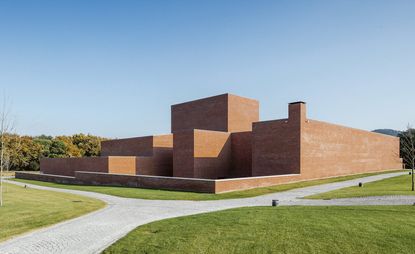
100 Contemporary Brick Buildings, a new architectural tome from Taschen, opens with a quote from Mies Van Der Rohe, taken from the New York Herald Tribune of 28 June 1959: ‘Architecture starts when you carefully put two bricks together, there it begins.’ It’s a sentiment both literal and profoundly symbolic, and one that stretches across this attractive, eye-opening book.
An extremely swift zip through the history of brick architecture follows (in short: the form is pervasive, transcending both geography and distinct historical periods), though we’re brought to the modern period with the author, Philip Jodidio's echoing of Mies, stating that the ‘unitary, serial nature of brick construction is at the very origin of modern buildings’ – a notion exemplified by the book’s case studies.
These run the gamut of shape, size and purpose: from small-scale residential projects (like San Francisco-based Christi Azevedo’s Brick House; a converted laundry boiler room with a Lilliputian floor area of 8.6 sq m) to outré municipal and educational builds (such as Peter Eisenman’s 1989 Wexner Center for the Arts at Ohio State University; the segmented, castle-like form recalling Giorgio de Chirico’s chimeric Red Tower, painted in 1913).
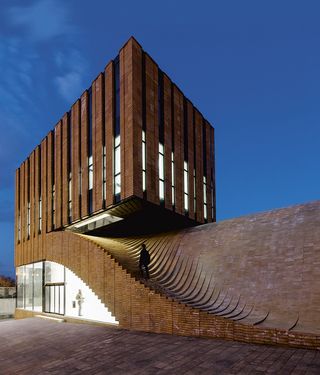
Termeh Office Building, Hamedan, Iran, by Farshad Mehdizadeh & Ahmad Bathaei. Copyright: Taschen
It’s hard to pick highlights – in part due to the canny curation of the projects included, not to mention the basic aesthetic consistency afforded by the material. Saying that, Tadao Ando’s subtle interventions on the Venetian Punta Della Dogana in 2008–09 (a renovation also pitched for by Zaha Hadid) are particularly impressive. The project, reinvigorating a long empty 17th century customs house, saw broad swathes of brick, steel and glass installed throughout the historic triangular building while also maintaining the original structure.
The challenge, Ando explained, was to create a project possessing ‘modernity, while drawing out the latent power of the buildings’ (a task, even this short profile displays, that was successfully accomplished). The simultaneously quieter and more purpose driven builds herein – such as Solanito Benítez’s atmospheric LA Farm House in Santani, Paraguay; or Shigeru Ban’s Sri Lankan post-tsunami rehabilitation houses – are no less striking.
By highlighting the creative, versatile and improbably attractive uses of such a basic material, we’re given just a hint of its multifaceted potential. ‘Architecture,’ says Alvar Aalto in the opening passages, ‘is the transformation of a worthless brick into something worth its weight in gold.’ So the book’s projects prove: human creativity moving onwards and upwards, brick by brick.
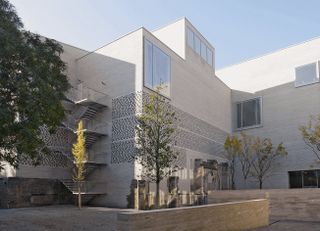
Kolumba Art Museum of the Archdiocese of Cologne, Germany

Brick House, Rosario, Argentina, by Diego Arraigada. Copyright: Taschen

CKK Jordanki Congress and Cultural Center Torun, Poland, by Fernando Menis. Copyright: Taschen
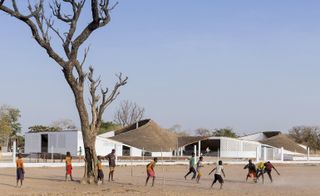
Thread: Artists’ Residency and Cultural Center, Sinthian, by Toshiko Mori. Copyright: Taschen
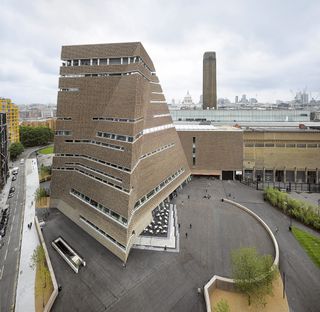
Tate Modern Switch House, London, UK, by Herzog & de Meuron. Copyright: Taschen
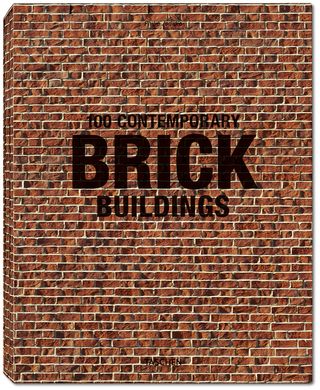
The front cover of 100 Contemporary Brick Buildings
INFORMATION
100 Contemporary Brick Buildings, £49.99, published by Taschen
Wallpaper* Newsletter
Receive our daily digest of inspiration, escapism and design stories from around the world direct to your inbox
-
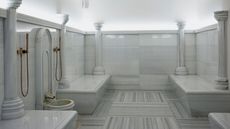 A new book highlights the work of Turkish interior designer Zeynep Fadıllıoğlu
A new book highlights the work of Turkish interior designer Zeynep Fadıllıoğlu‘Zeynep Fadıllıoğlu: Luxury Redefined’, published by Rizzoli, traces the career of leading Istanbul-based designer Zeynep Fadillioglu, the first woman to design a mosque in Turkey
By Léa Teuscher Published
-
 London gallery Incubator’s six emerging artists to see in spring 2024
London gallery Incubator’s six emerging artists to see in spring 2024Incubator's spring programme features six artists in consecutive two-week solo shows at the London, Chiltern Street gallery
By Mary Cleary Published
-
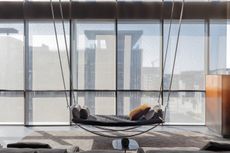 Blue Copper Loft is a Dubai sanctuary for a modern nomad
Blue Copper Loft is a Dubai sanctuary for a modern nomadBlue Copper Loft designed by Anarchitect in the heart of Dubai is a peaceful, yet luxurious sanctuary for a modern nomad
By Ellie Stathaki Published
-
 Marcio Kogan’s Studio MK27 celebrated in this new monograph from Rizzoli
Marcio Kogan’s Studio MK27 celebrated in this new monograph from Rizzoli‘The Architecture of Studio MK27. Lights, camera, action’ is a richly illustrated journey through the evolution of this famed Brazilian architecture studio
By Jonathan Bell Published
-
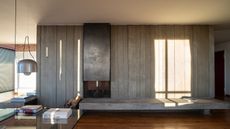 ‘Interior sculptor’ Christophe Gevers’ oeuvre is celebrated in new book
‘Interior sculptor’ Christophe Gevers’ oeuvre is celebrated in new book‘Christophe Gevers’ is a sleek monograph dedicated to the Belgian's life work as an interior architect, designer, sculptor and inventor, with unseen photography by Jean-Pierre Gabriel
By Tianna Williams Published
-
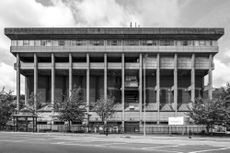 Flick through ‘Brutal Wales’, a book celebrating concrete architecture
Flick through ‘Brutal Wales’, a book celebrating concrete architecture‘Brutal Wales’ book zooms into a selection of concrete Welsh architecture treasures through the lens of photographer Simon Phipps
By Ellie Stathaki Published
-
 Architecture books to inspire shelf love
Architecture books to inspire shelf loveHere at Wallpaper*, we’ve got architecture books piling up; among them, these are the photographic tomes, architects’ monographs and limited editions that we couldn’t resist
By Ellie Stathaki Published
-
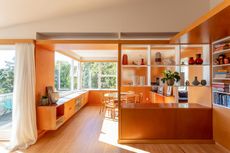 Pioneering modernist Henry Kulka's life and career tracked in limited-edition monograph
Pioneering modernist Henry Kulka's life and career tracked in limited-edition monographCzech-New Zealand architect Henry Kulka, a man who spread modernist ideals half way around the world, is celebrated in Giles Reid and Mary Gaudin’s richly illustrated monograph
By Jonathan Bell Published
-
 Nordic architecture explored in Share, a book about contemporary building
Nordic architecture explored in Share, a book about contemporary buildingDiscussions about Nordic architecture and contemporary practice meet in a new book by Artifice, Share: Conversations about Contemporary Architecture – The Nordic Countries
By Ellie Stathaki Published
-
 London Feeds Itself: we are hungry for Open City's book on food and architecture
London Feeds Itself: we are hungry for Open City's book on food and architectureLondon Feeds Itself, a new book by Open City, is a scrumptious offering that connects food culture and architecture
By Nick Compton Last updated
-
 The Sustainable City chronicles London’s eco design innovation
The Sustainable City chronicles London’s eco design innovationUrban areas provide the best environment for ultra-low-impact living; that's the premise of Harriet Thorpe’s new book, The Sustainable City, which brings together the architecture that's shaping London’s quiet green revolution
By Jonathan Bell Last updated